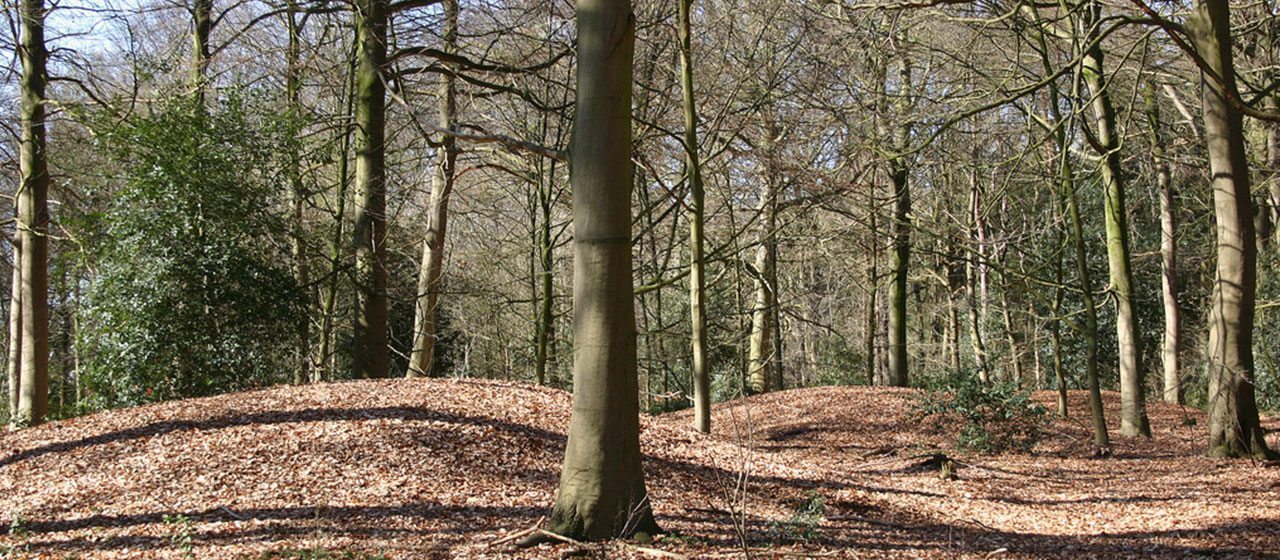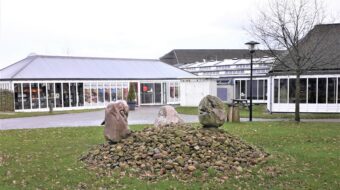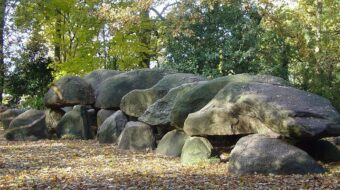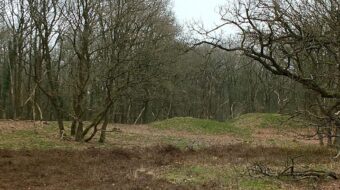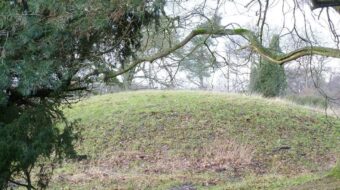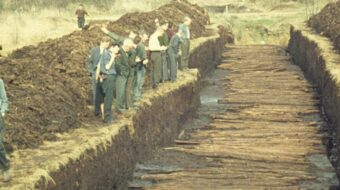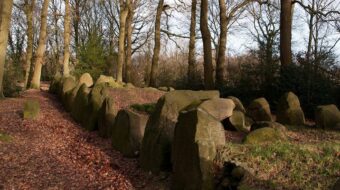A richness of pre-historic remains
Would you like to learn more about the hunebed builders and the 47 megalithic tombs still standing on the Hondsrug? Find out about about mysterious wooden roadways through the peat; about large burial mounds on the heath; about the ancient fields of Iron Age farmers which are still visible today? Thanks to the incessant labour of archeologists we can tell the stories of the peoples living on the Hondsrug, an area with abundant prehistoric relics. Archeologists have found the places where they lived and worshipped and built their fires. Archeologists have uncovered the remnants of the first fields and houses and their burial places: the Hunebedden, burial mounds and graveyards.
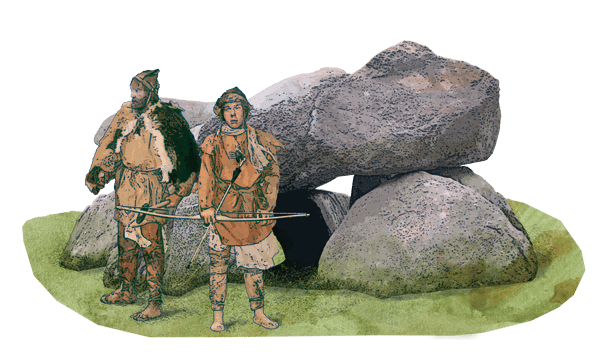
The Neanderthalers
When the Saalian ice-cover had melted some 130.000 years ago, the country became habitable for humans. The first to arrive here were the Neanderthalers, precursors of modern humans. They left their traces in the shape of primitive stone tools like the Drouwen axe, reportedly made about 120.000 years ago, only just after the formation of the Hondsrug.

Reindeer Hunters
The climate improved dramatically at the end of the Weichselian, about 14.000 years ago, and the polar wasteland was rapidly covered by grassy steppes, followed by deep forests. Groups of reindeer-hunters passed through the area and left behind traces of their encampments and fireplaces. Also traces of their flint tools are commonly found.
The first farmers, builders of the Hunebeds
The transition from hunting-gathering was a gradual one, but around 3400 BC the first real farmers settled here. They are known as the ‘Funnel-Beaker Culture’, after the typical shape of their pottery. They buried their dead in rocky burial mounds, famously known as Hunebedden, constructed with the large boulders left behind by the ice ages. The Hunebedden were built from 3400-3000 BC and are therefore the most ancient monuments in the Netherlands. The Hondsrug is home to the largest collection of Hunebedden in the Netherlands; some 47 of the national 52 are located here.
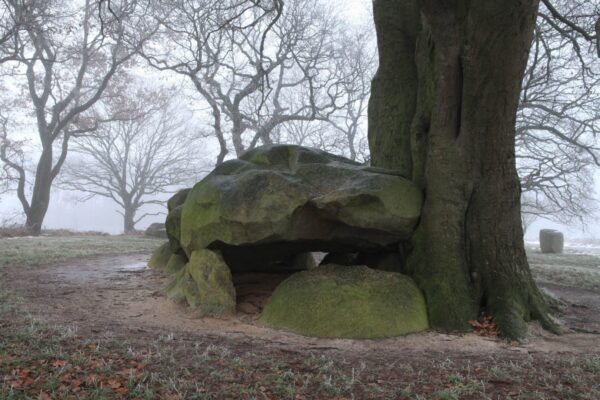
From Hunebeds to Burial Mounds
The building of Hunebeds ceased when the Funnel-beaker people disappeared. Instead, the new arrivals started to bury their dead in burial mounds. This practise remained the case all through the Bronze age, from 2000 BC onwards. The burial mounds or tumuli, were used more than once and tended to grow larger over time. Important dead were accompanied by precious burial gifts, such as bronze and gold jewellery, arrowheads and swords. Impressive examples of these tumuli can be found in the Strubben-Kniphorst forest.
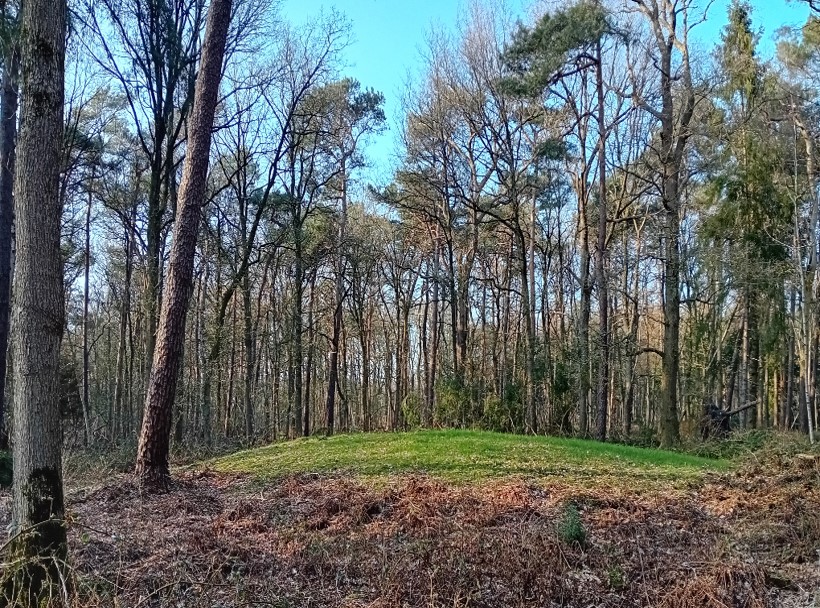
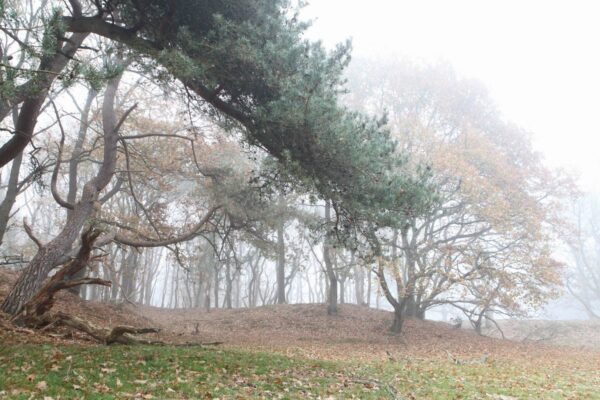
The time of the Urnfields
By the end of the Bronze age, 1200 B.C, it became common practice to cremate the deceased. The ashes were collected in a pot called an urn, and these urns were deposited in an ‘Urn field’. One of these urn fields is located between the towns of Odoorn and Valthe, on the Hondsrug.
Iron Age Farming
The end of the bronze age/beginning of the iron age was marked by the start of the “Celtic Fields”, large areas covered by a checkerboard pattern of small fields (40x40m), separated by low ridges. Apart from the Hunebedden and burial mounds, these Celtic fields are the only visible prehistoric remains in Drenthe. They were once wide-spread.
During the iron age burial mounds were re-introduced, so called “brandheuvels” (burning mounds), which were erected over the remnants of the funeral pyre. These mounds occur in groups on and near the Hondsrug. A very nice group is the famous “Tumulibos” between Assen and Rolde, but also on the Balloërveld. .
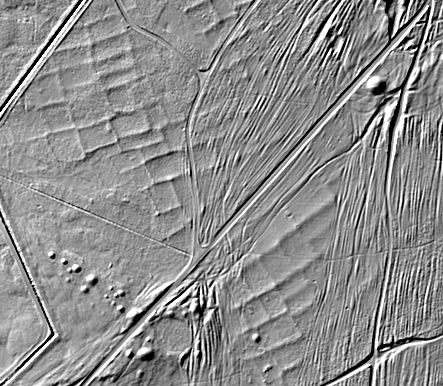
Roman times
The Roman era started in the Netherlands in 12 BC, when the southern Netherlands were conquered by the Roman armies. The Roman era lasted till about 400. Although Drenthe was never officially part of the Roman empire, there were strong ties with the economic and military superpower to the south. Archaeologists have found roman statuettes, pottery, coins and glass. Near Anloo a hoard was discovered consisting of 115 silver roman coins, hidden there in the third century AD.
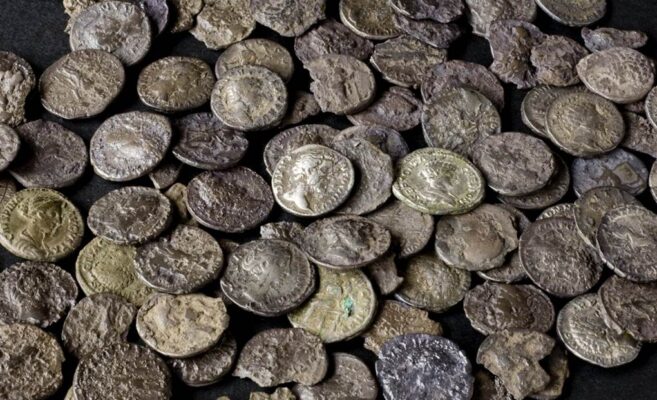
The origin of the Drenths
After the collapse of the Roman Empire the Northern Netherlands were largely depopulated. New Germanic tribes moved in as part of the great migrations in the 5th and the 6th centuries. The coastal areas were settled by Anglo-Saxon tribes (the later Frisians), while the Saxons rolled in from the east with their wagons and herds of livestock. Wherever they found good grazing in the open forest (a ‘loo’) for their herds they settled down and started the oldest villages that still exist today. After the land with three rivers they called their land ‘Drenth’. With the building of the first churches, like those in Anloo and Emmen, Drenthe slowly entered written history.
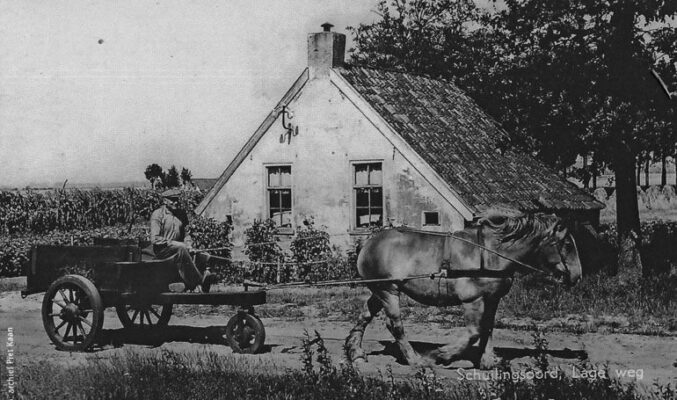
A good place to start exploring Drenthe’s pre-history is the Hunebedcentrum in Borger.

